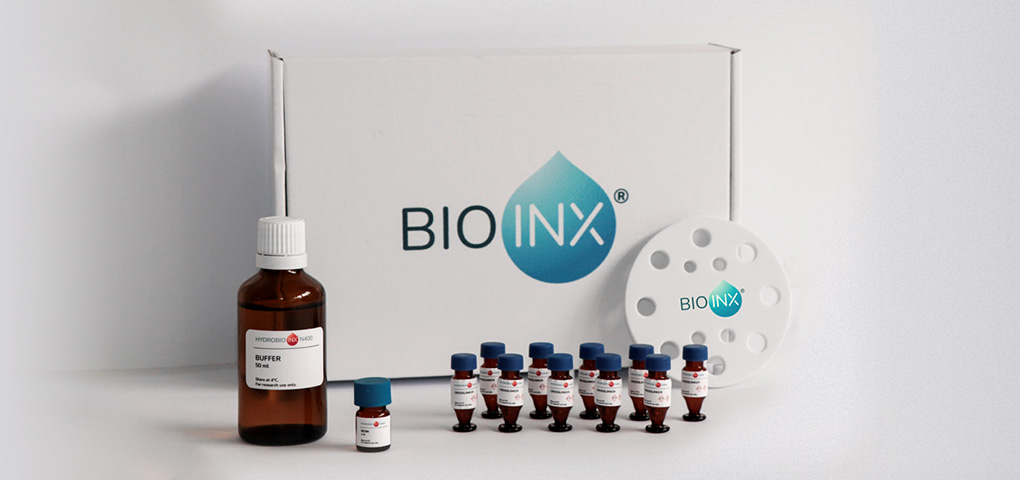The high-resolution 3D printing technology of Two-Photon Polymerization has already demonstrated their application potential for printing microscale architectures that mimic the geometry and complexity of natural tissues. With the new material, users of the Nanoscribe Photonic Professional systems can fully leverage the potential of 2PP for biosciences and biomedical applications. “Until now, you had to add inorganic additives to our photoresins to obtain functional materials. With the introduction of Hydrobio INX N400, our customers now benefit from a proven product with the ability to encapsulate cells as living ingredients for 4D materials,” states Remmi Baker-Sediako, Life Sciences Business Development Manager at Nanoscribe.
A step closer to organ-on-a-chip applications
Furthermore, the high precision and ability of 2PP to print directly into microfluidic chips make this bioresin suitable for organ-on-a-chip applications. Here, cell encapsulation is key to generate more realistic microorgans. Users can mix their specific cells with Hydrobio INX N400 to produce customized cell-loaded bioresins suitable for cell encapsulation. The new bioresin can help to bring about a paradigm shift in the field of drug screening and drug discovery, reducing animal testing, by implementing 3D biofabrication of living tissues. “The combination of the expertise at BIO INX for biomaterials development, with the world leading expertise of Nanoscribe in the development of cutting edge two-photon lithography equipment can generate a paradigm shift in the field of biofabrication thereby bringing the technology closer to real life applications.” – Jasper Van Hoorick, CEO of BIO INX.
Are you interested in more information about this new BIO INX material?
Have you known already that also Nanoscribe provides photoresins that are dedicated to life science applications? With the non-cytotoxic and low autofluorescence IP-Visio and the biocompatible IP-PDMS for soft, flexible and highly elastic structures, Nanoscribe offers specially developed photoresins for life sciences, cell and tissue engineering.


